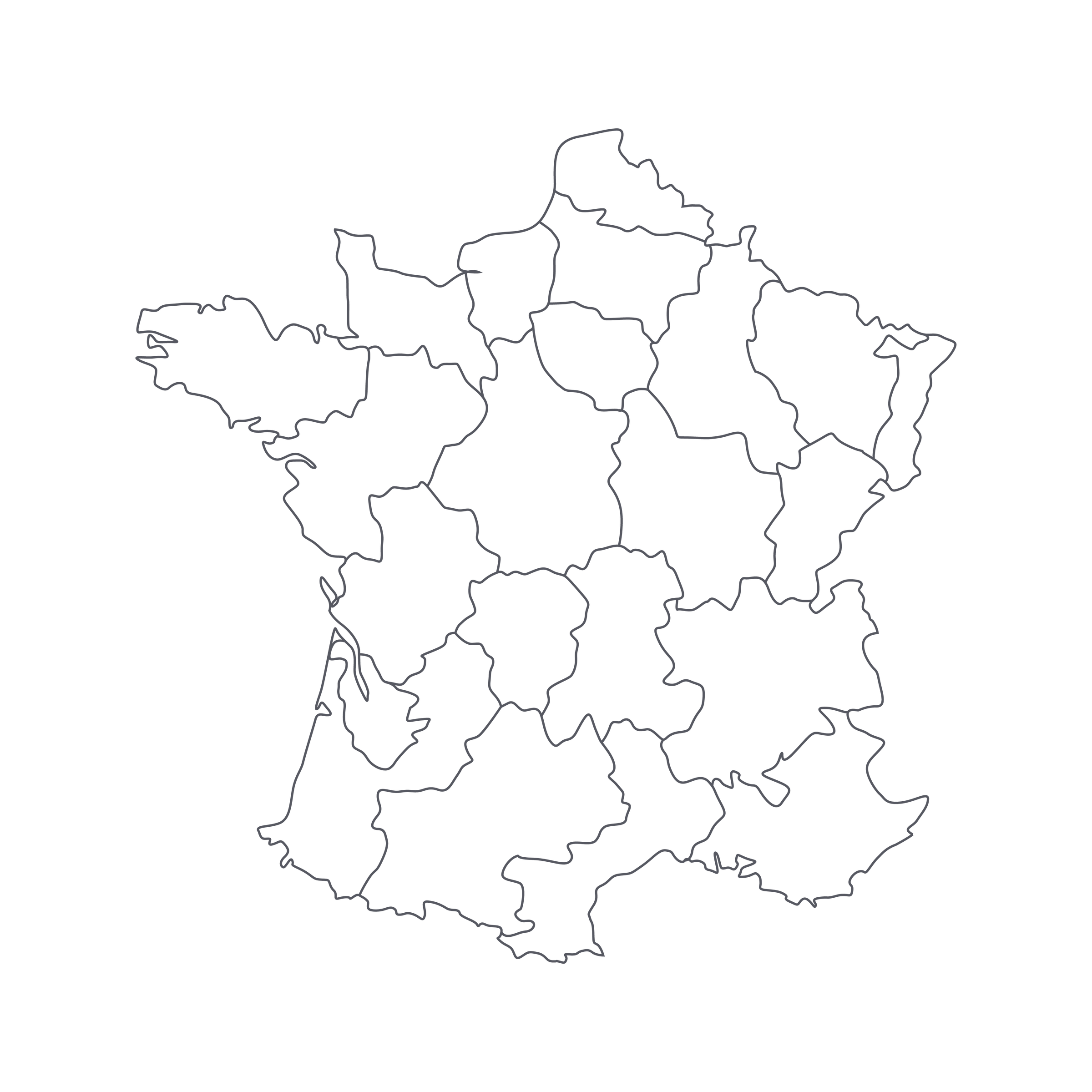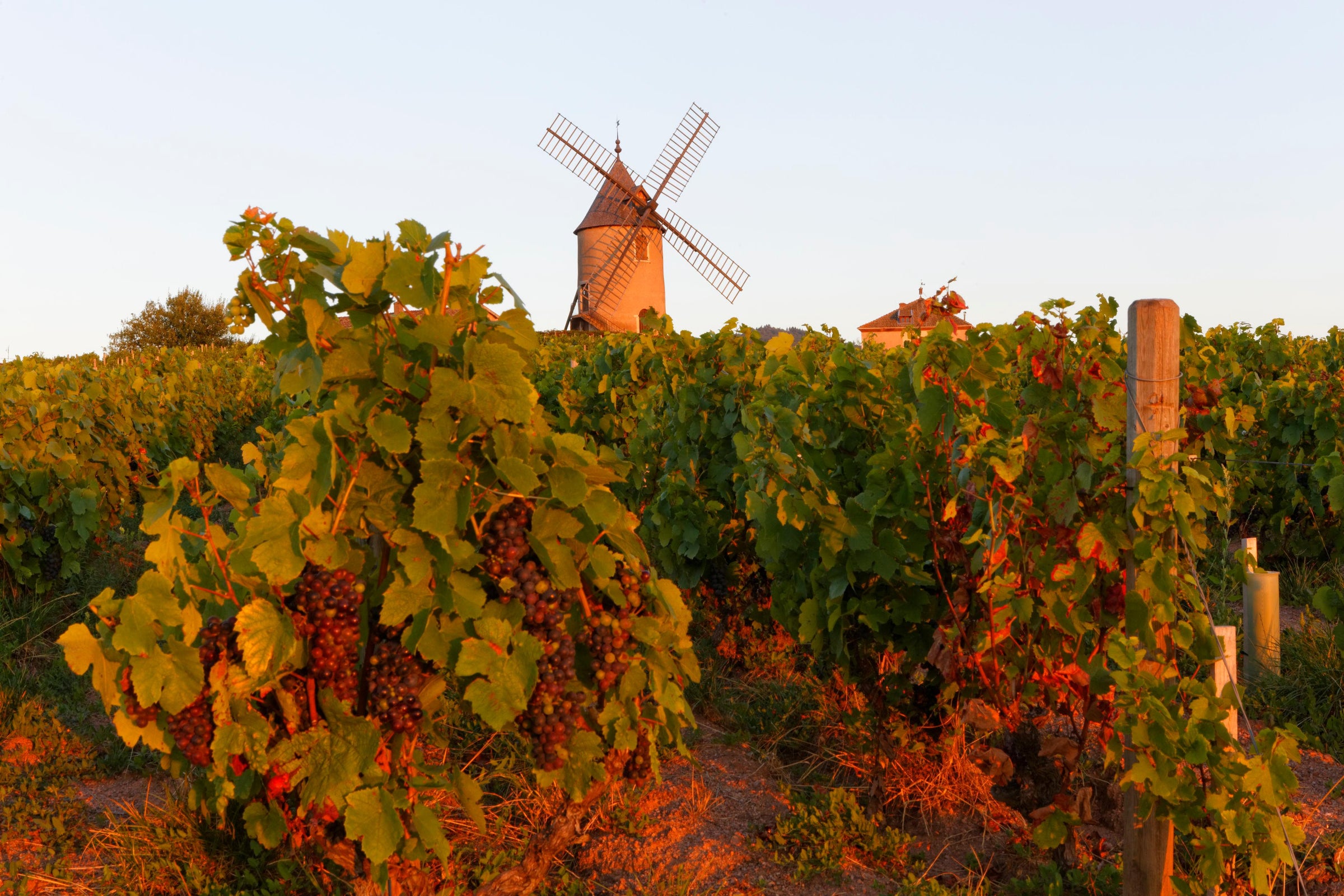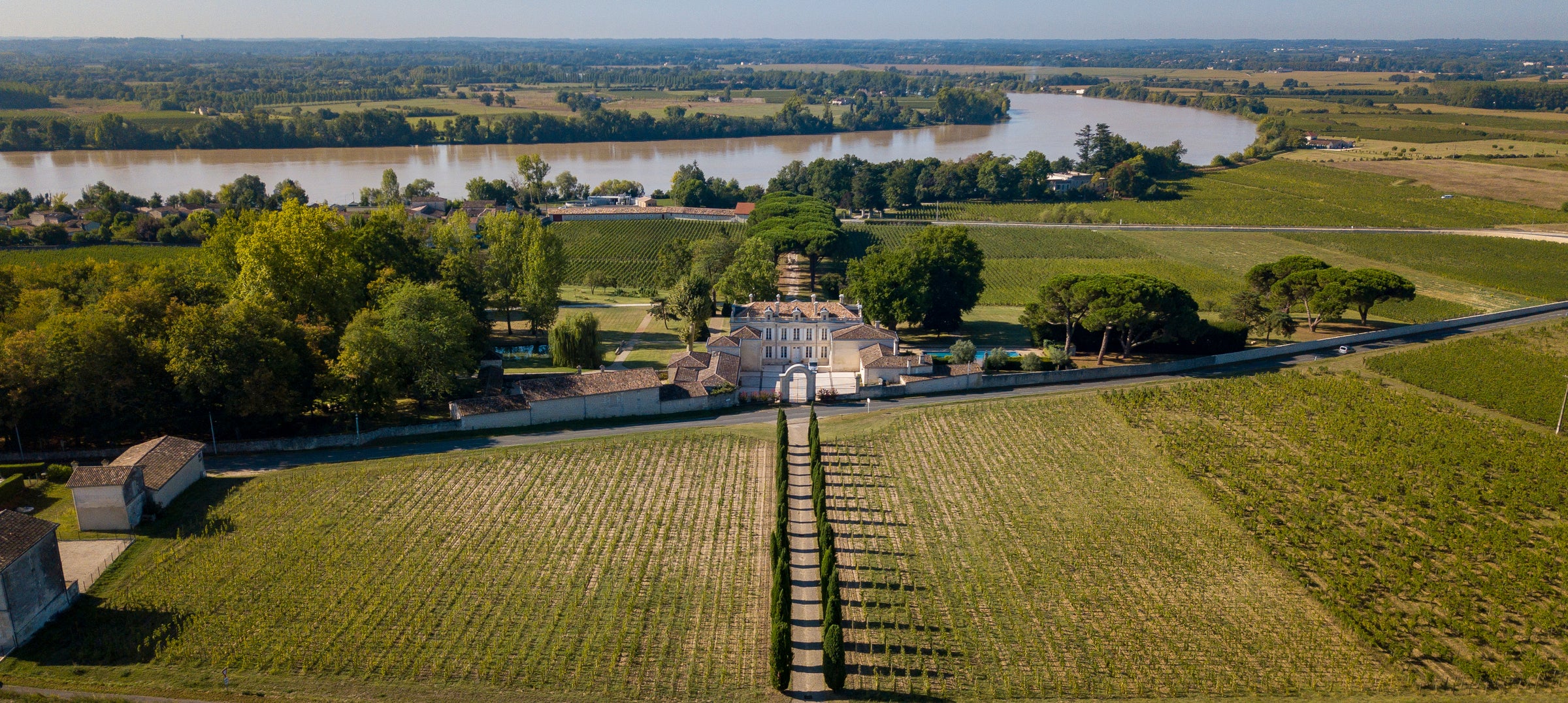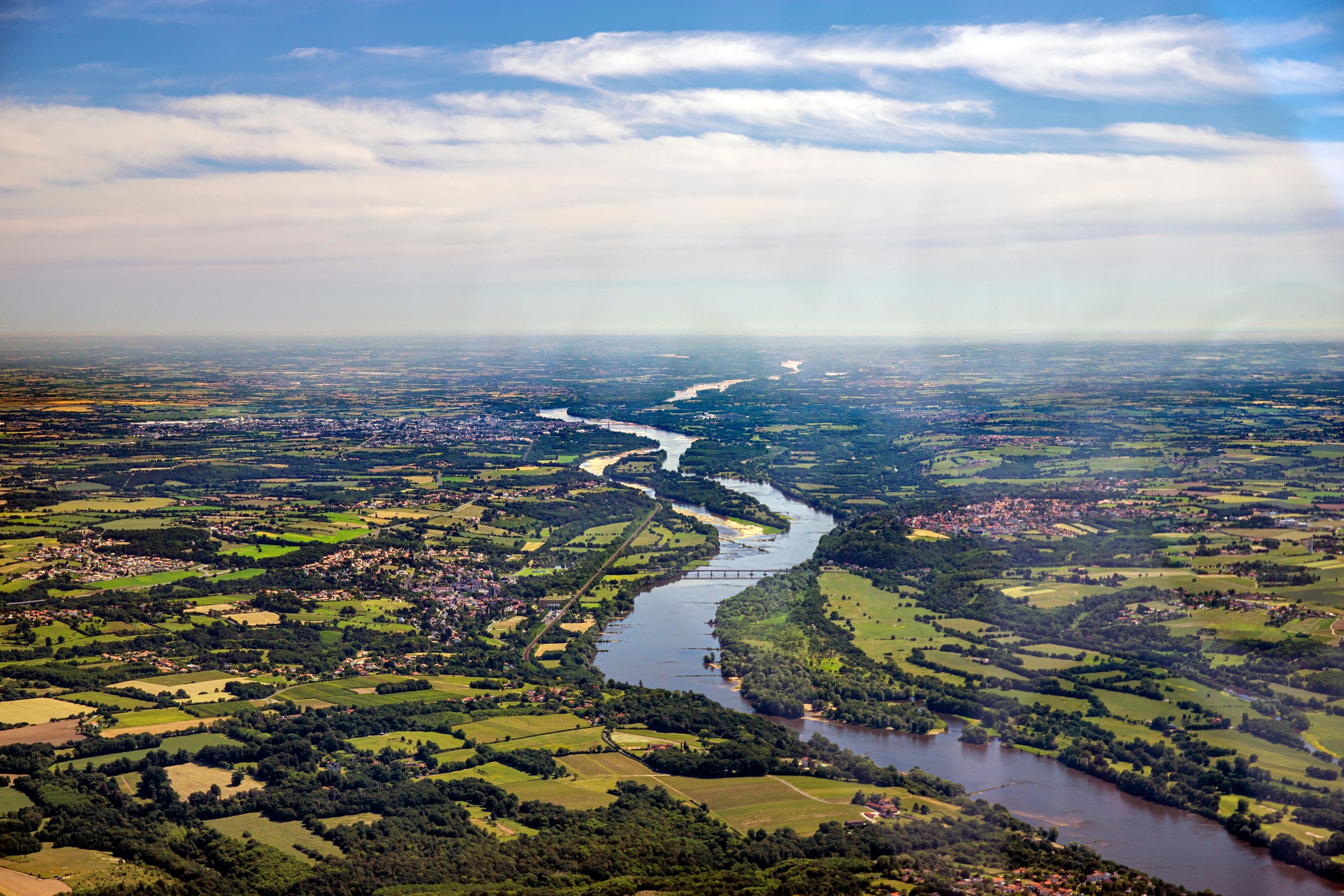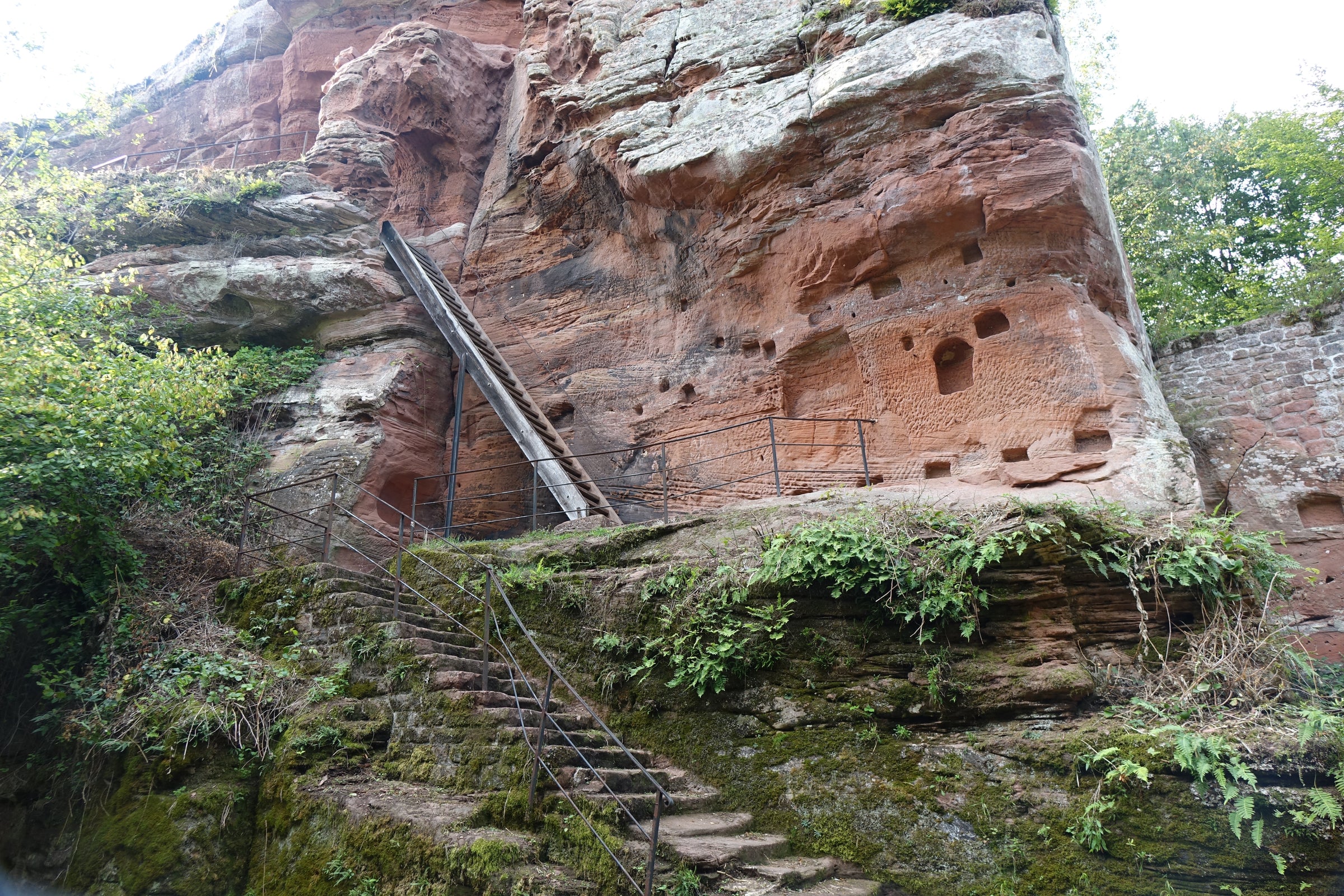With just 84 bottles available in America, there’s no time for pleasantries tonight. If you looking for a Master Class on bonafide luxury Champagne, Déthune’s 2012 “Cuvée à l’Ancienne” should be your entire syllabus: Grand Cru fruit fermented in oak barrels, 6.5 years of aging on lees in a 17th-century, carved-from-chalk cellar, and an homage to the olden days with hand-tied twine securing the cork. Without question, this classic bottling ranks among the best of the best. It’s no wonder, either. “L’Ancienne” is the peak of Déthune’s stellar lineup, and with every recent vintage I’ve had the fortune of tasting—tonight’s 2012, the 2011, 2008, 2007—I find myself calling it one of the finest experiences Grand Cru Champagne can provide.
Like every bottle in Déthune’s range, “Cuvée à l’Ancienne” explodes off the value charts, but this
tête de cuvée keeps soaring straight into the elite company of $200+ luxury labels, without the price. In the select years a vintage is actually declared for “l’Ancienne,” only 1,000 bottles are crafted; hardly any find their way out of France and, again, just 84 made it here. That said, I’m allowing up to four bottles tonight and two will earn you complimentary Ground Shipping—but I implore you to take all four. This a “taste once, never forget” Grand Cru Vintage Champagne that will only continue rising in stock and enjoyability as the years pass by.
[
NOTE: If this is your first time seeing our Friday night series, welcome. My name is Mark Osburn, writer and sommelier at SommSelect, and you’re likely familiar with the many Champagnes I’ve waxed rhapsodic about over the years. My goal is simple: to offer you rare Champagne exclusives and/or highly allocated sparkling gems that have to be pried out of an iron grip. These special offers don’t happen every week, but they will always be on a Friday night...stay ever-vigilant.]
Paul Déthune is a Récoltant-Manipulant (indicated by the tiny initials “RM” on the label), or grower-producer, which means they own, farm, and craft wines solely from their estate. While major Champagne houses, or Négociant-Manipulants, typically make wines by purchasing grapes from myriad farmers, a “grower-producer” controls every aspect of farming and winemaking; 95% of the fruit must be from their own vineyards (if a grower who only has Chardonnay vines wants to make a rosé, he can purchase some Pinot Noir/Meunier with that remaining 5%). The Déthunes have been farming and crafting Champagne in the Grand Cru village of Ambonnay since 1889, but their winemaking lineage can be traced to 1610.
Today, Pierre Déthune and his wife, Sophie, tend to 17 organically-tended acres throughout Ambonnay. It is here that Pinot Noir reveals its most intense expression, delivering signature minerality and terroir that translates to opulent, perfectly balanced Champagnes. They are adamant about respecting nature, too—organic fertilizers are used, cover crops are planted, solar panels have been installed, and a rainwater collection system has been implemented, making them one of Champagne’s leading champions of sustainability.
For “Cuvée à l’Ancienne,” equal parts Pinot Noir and Chardonnay—they only select the best fruit of the vintage—are hand-picked from their parcels in Grand Cru Ambonnay. In their impressively grandiose cellar, the grapes fermented (both alcoholic and malolactic) and briefly aged in 205-liter barrels before bottling without filtration. After six-plus years of aging on lees, the bottle was disgorged in mid-2019 and hemp twine was fastened to secure the cork. This is a tribute to the Champagnes of old, a tradition that long precedes muselets (wire cages) and agrafes (metal staples). Another note of interest is that, instead of adding a standard dosage, Pierre uses MCR, or moût concentré rectifié, which is super-concentrated grape must reduced down to its base sugars. It is rarely found in Champagne, but several growers are now using it with the mindset that it has less influence on the final product; i.e. a more neutral and natural method.
This is a stirring 2012 Champagne that thrills from start to finish with some of the purest, richest aromas/textures one could ever hope to find in a Grand Cru. In the glass, it reveals a deep silver-yellow core and an ultra-fine mousse that speaks to the wine’s superb quality and lengthy élevage. Whether this is your first or hundred-and-first “luxury Champagne” splurge, I assure you the only regret will be that you couldn’t purchase more. Truly, the only reason I’m restraining from purchasing six for myself is due to the microscopic quantity in our possession—i.e. this needs to be shared with as many people as possible, not bogarted by a few. In the glass, powerfully seductive aromas arouse intense emotion: quince, yellow apple skin, Meyer lemon curd, pineapple, white peach, vanilla crème brûlée, fresh-baked brioche, salted caramel, hazelnut, lees, raw honeycomb, yellow flowers, oyster shell, and heaps of finely crushed chalk. The palate is full and profound, showcasing deeply satisfying layers of ripe, rip-roaring fruit and minerals that linger for well over a minute. Seriously: this type of finish is typically reserved for the finest mature Burgundy, Bordeaux, Piedmont, Rioja, etc. Savor every ounce and closely guard your other bottles (this will cellar for another 10 years with ease) because this is among the most spectacular experiences in Champagne. Cheers!


